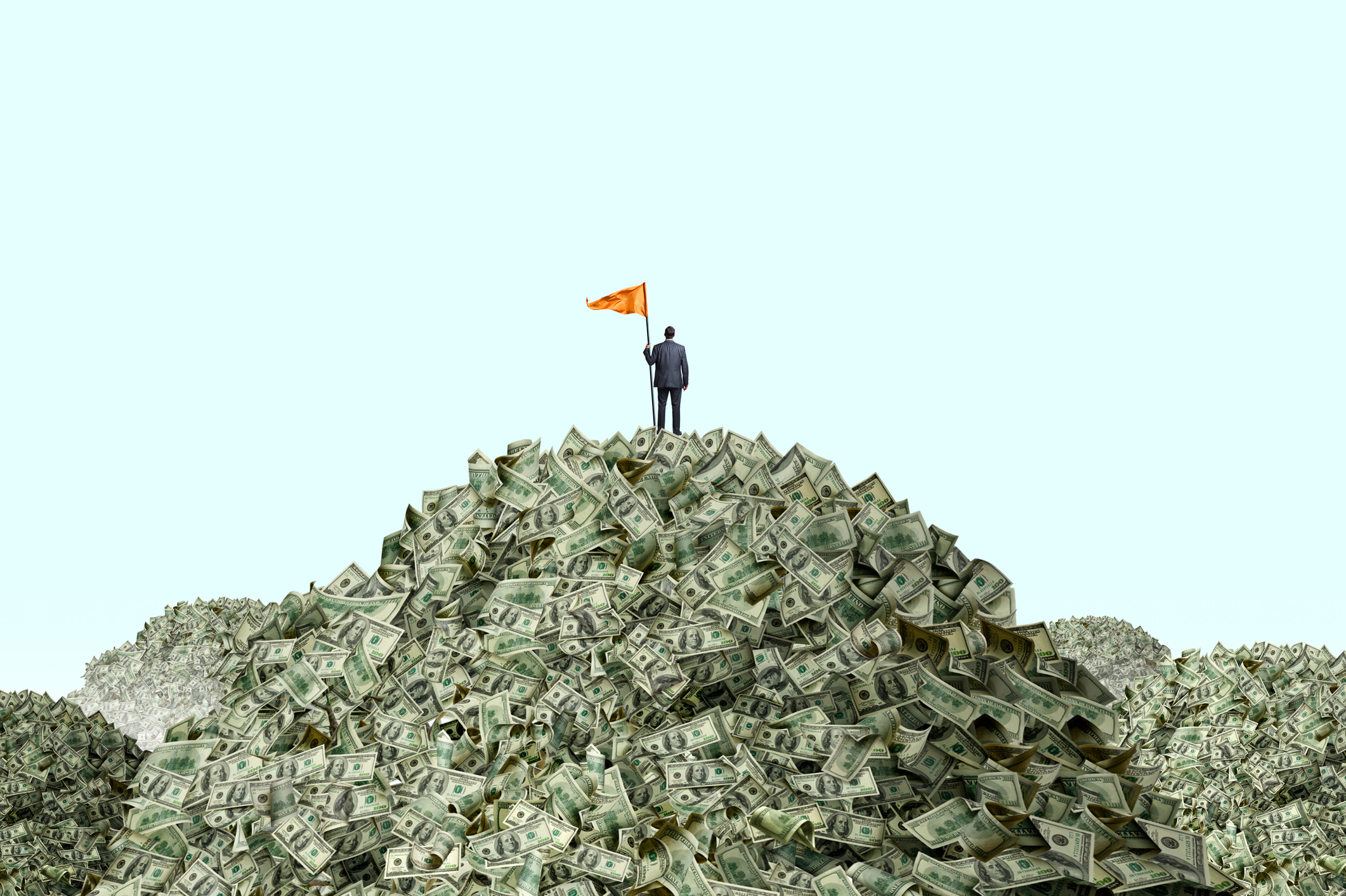Americans' Savings Now Exceed $1 Trillion. Here's How to Maximize Your Returns
Savings accounts are growing across the U.S., in a strong rebound from last year. How can savers get the most bang for their buck?


A new income and savings report from the U.S. Department of Commerce reveals that Americans' personal savings rate crossed a staggering $1 trillion in March – a substantial increase from $915.8 billion in February. The personal savings rate increased to 5.1% from February's mark of 4.8%, as well.
So what's driving this boost – and what should savers do with their increasing piles of cash?
A welcome savings rebound
Americans' personal savings bottomed out in late 2022, amid soaring food and gasoline prices. According to MarketWatch, the personal savings rate of 3.3% for Q3 in 2020 marked the lowest rate since the Great Recession, and the eighth-lowest quarterly rate since 1947.

Sign up for Kiplinger’s Free E-Newsletters
Profit and prosper with the best of expert advice on investing, taxes, retirement, personal finance and more - straight to your e-mail.
Profit and prosper with the best of expert advice - straight to your e-mail.
Since then, falling inflation has taken some of the sting out of Americans' bills, while rising incomes have enabled them to resume saving at the current rate of 5.1% - much closer to the normal pre-pandemic baseline of 6-8%.
The Commerce Department reported that personal income encompassing increases in compensation, personal income receipts on assets, and rental income increased an estimated $67.9 billion (0.3 percent) in March. Meanwhile, disposable personal income (DPI) increased $71.7 billion (0.4 percent) and personal consumption expenditures (PCE) increased $8.2 billion (less than 0.1 percent).
The bottom line: Americans are earning more and their bills are lower than last year, allowing them to save more. But where should they put those savings to maximize returns and safety, as we stare down a possible recession later this year?
How to maximize savings returns
There are several smart ways to store your savings to achieve safety, growth and relative accessibility for a rainy day.
High Interest Savings Accounts
Rates on savings accounts, and high interest savings accounts in particular, keep rising alongside Federal Reserve rate hikes. The last Fed hike raised interest rates by 0.25%, bringing rates to a range of 4.75% to 5%.
Plenty of high-yield savings accounts offer nearly 5% interest on your money – as much as 475x the interest you'd get with a regular savings account. No-fee high-yield savings accounts offer impressive APY, without additional monthly fees cutting into your earnings. And your savings are totally liquid and backed up by an FDIC guarantee.
CDs
A certificate of deposit, or CD, is a type of savings account that holds a fixed amount of money for a fixed period of time. Interest rates on CDs are usually higher than that of regular savings accounts. Even better, your rate stays the same for the whole term even if the federal funds rate drops.
Recent CD rates have moved up in tandem with rising interest rates, offering savers as much as 5.10% on their money. These accounts offer escalating returns as you lock in your cash for longer time intervals including 1-year CD, 3-year CD and 5-year CD. A no-penalty CD lets your withdraw your money whenever you like with no fee, in exchange for the a lower rate.
I-Bonds
I bonds are U.S. savings bonds that people can buy from the U.S. Department of the Treasury to hedge against rising inflation. With an I bond, you earn both a fixed rate of interest and a rate that changes with inflation. The benefit of an I bond is the chance to lock in partial returns at a steady interest rate for up to 30 years.
Consumer rushed to I bonds last year when inflation soared and the Treasury Department offered rates ranging from an attractive 6.89% to a staggering 9.62%. The current I bond rates are 4.30%, including a fixed rate of 0.90%, for I bonds issued between May 1, 2023 to October 31, 2023.
Keep in mind that you can cash in your I bond at any time after 12 months, but you forfeit the final three months of interest if you cash in the bond in under five years.
Related Content
Get Kiplinger Today newsletter — free
Profit and prosper with the best of Kiplinger's advice on investing, taxes, retirement, personal finance and much more. Delivered daily. Enter your email in the box and click Sign Me Up.

Ben Demers manages digital content and engagement at Kiplinger, informing readers through a range of personal finance articles, e-newsletters, social media, syndicated content, and videos. He is passionate about helping people lead their best lives through sound financial behavior, particularly saving money at home and avoiding scams and identity theft. Ben graduated with an M.P.S. from Georgetown University and a B.A. from Vassar College. He joined Kiplinger in May 2017.
-
 6 Stunning Waterfront Homes for Sale Around the US
6 Stunning Waterfront Homes for Sale Around the USFrom private peninsulas to lakes, bayous and beyond, Kiplinger's "Listed" series brings you another selection of dream homes for sale on the waterfront.
By Charlotte Gorbold Published
-
 Six Reasons to Disinherit Someone and How to Do It
Six Reasons to Disinherit Someone and How to Do ItWhether you're navigating a second marriage, dealing with an estranged relative or leaving your assets to charity, there are reasons to disinherit someone. Here's how.
By Donna LeValley Published